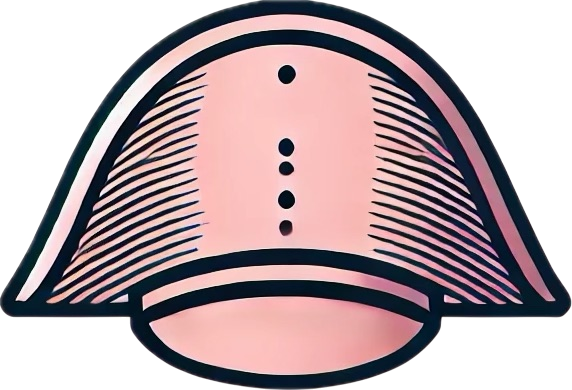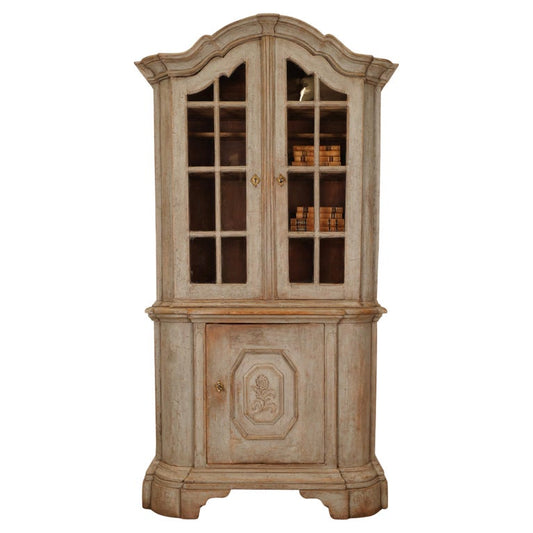Rococo Furniture
The Rococo started in France around 1725-1730 where it’s also called “Louis-quinze” after the king Louis XV. The rococo is primarily an interior design style, but also occurs in art and architecture. The term "rococo" (which is a combination of the French "rocaille" and "it barocco"), which first appeared in the 1790s, was initially derogatory and meant that the style was excessive.
The style is a dramatic playful asymmetrical style with nature as inspiration source. It is gracefully ornamented with curved shapes. The most popular decorative element is rocaille (an artificial rock formation reminiscent of shells or mussels). Read the differences between Baroque vs Rococo furniture →
Juste-Aurèle Meissonier (1695-1750) is considered the leading originator who has had the most international impact on the Rococo style. He spread the style ideal primarily in Europe through a wide distribution of copper engravings with his drawn models for furniture, interiors and crafts. Check out our Rococo tables here and Rococo mirrors here.
In Sweden, Carl Hårleman (1700-1753) introduced the style in the 1730s through the new interiors of Stockholm Palace. However, it would take until the middle of the 1700s before Jean Eric Rehn made Rococo have a greater impact. In Sweden, there was both a French-influenced Rococo and one with more Anglo-Dutch influences.




